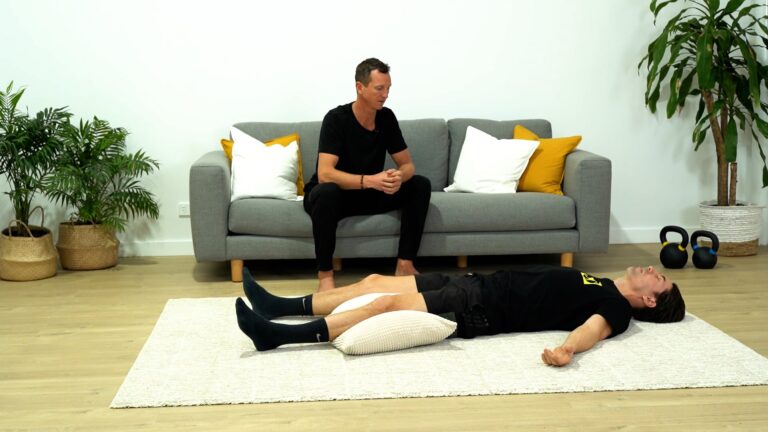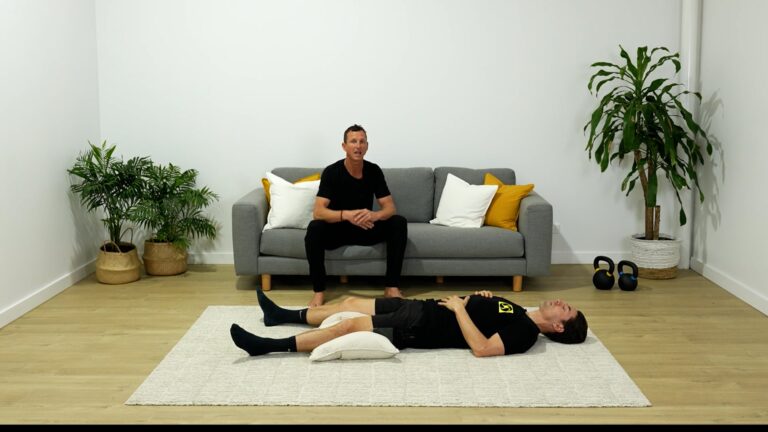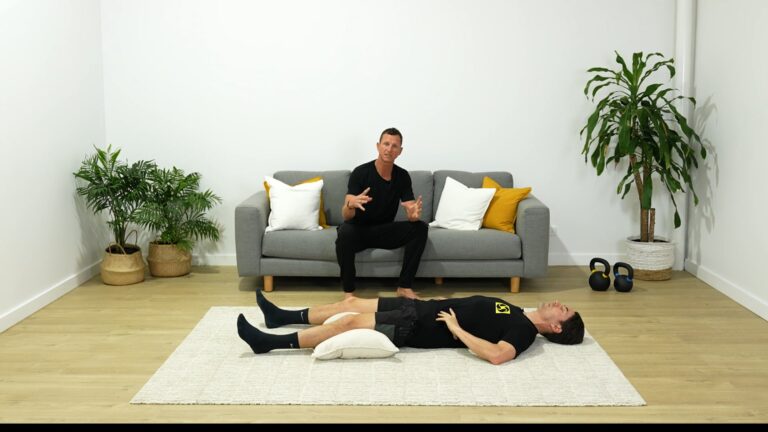Functional Movement Patterns
Functional movement is very much a buzzword that is often over used. When fitness professionals talk about “functional training” there is often some very differing views on what this really means. True functional movement includes compound movements at multiple joints through multiple planes of motion.
Essentially this means that functionally in life we don’t just move in straight lines, but the majority of classic gym exercises do. A football player has to combine direction change, with strength, speed, balance and power, so their exercise choices need to reflect that demand on the body. To make these choices though its important to understand what the different movement planes are.
The sagittal plane: Divides the body into left and right halves. Movements in this plane occur along a forward-backward axis. Some common exercises in the sagittal plane include walking, running, and squats. These movements primarily involve flexion and extension, such as bending the knees or extending the arms.
The frontal plane: divides the body into front and back halves. Movements in this plane occur along a side-to-side axis. Exercises in the frontal plane include lateral lunges, side leg raises, and lateral shoulder raises. These movements involve abduction (moving away from the midline) and adduction (moving towards the midline).
The transverse plane: divides the body into upper and lower halves. Movements in this plane occur along a horizontal axis. Rotational movements, such as twisting, occur in the transverse plane. Examples of exercises in this plane include Russian twists, medicine ball rotations, and golf swings. These movements primarily involve internal and external rotation.
Its important to remember that most classic gym exercises exist in the sagital plane, to build true functional strength and resilience we need to learn how to load these other movement planes efficiently. Next time you are at the gym, try to notice how many exercises you do outside of the sagital plane. It may be time to rethink your exercise choices and programming.




Responses